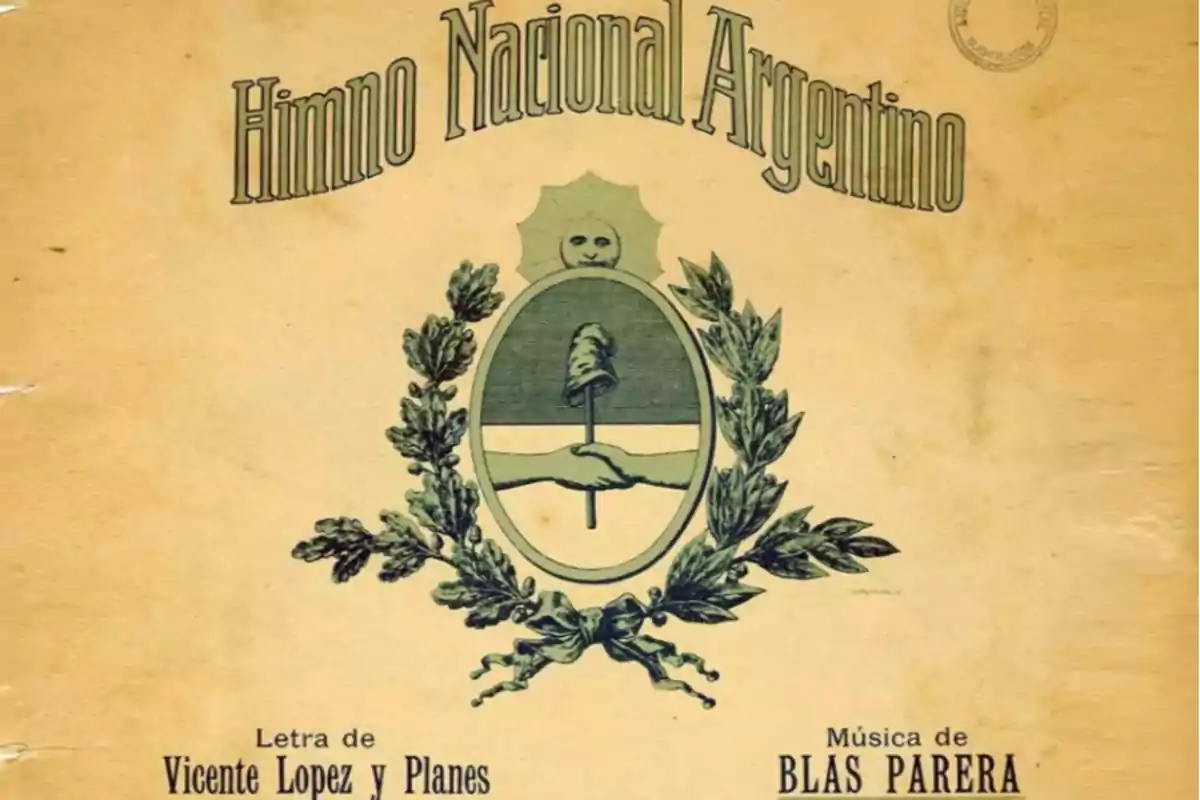
National Anthem Day: between a family legend and the official version
The history of the National Anthem reveals disputes, familiar versions, and a little-known background for Argentinians
On May 11, 1813, the Sovereign General Constituent Assembly of the Year XIII communicated to the Second Triumvirate: "We have received with yesterday's date the sovereign declaration that follows: The A.G.C. (General Constituent Assembly) of the United Provinces of the Río de la Plata has issued the following decree: Approved by this A.G. the song that by commission of this Sovereign body on March 6 last has been worked on by Deputy López; let it be the only national march, and therefore it must be the one sung at all public events, and accompany it in a certified copy to the S.P.E. (Supreme Executive Power) for this purpose. The S.P.E. will have it understood for due observation and compliance. Buenos Aires, May 11, 1813. Signed. Juan Larrea. Acting President. Hipólito Vieytes. Secretary."
A persistent version in various historical sources alludes to the existence of an alleged competition between Vicente López y Planes and Fray Cayetano Rodríguez, to determine which poem from them would be chosen as the "Patriotic March" by the Sovereign General Constituent Assembly of the Year XIII.
This version emerged from López's own family. His grandson, Lucio V. López, in 1885 narrates: "Don Vicente López recounts in a summary of his biography, that in April 1813 he was commissioned by the Assembly of the United Provinces to present a national march."
Subsequently, when narrating the difficulties the poet had to inspire himself, his grandson states that Don Vicente was about to give up; a decision that would lead to the crowning of his rival, Fray Cayetano Rodríguez's creation.
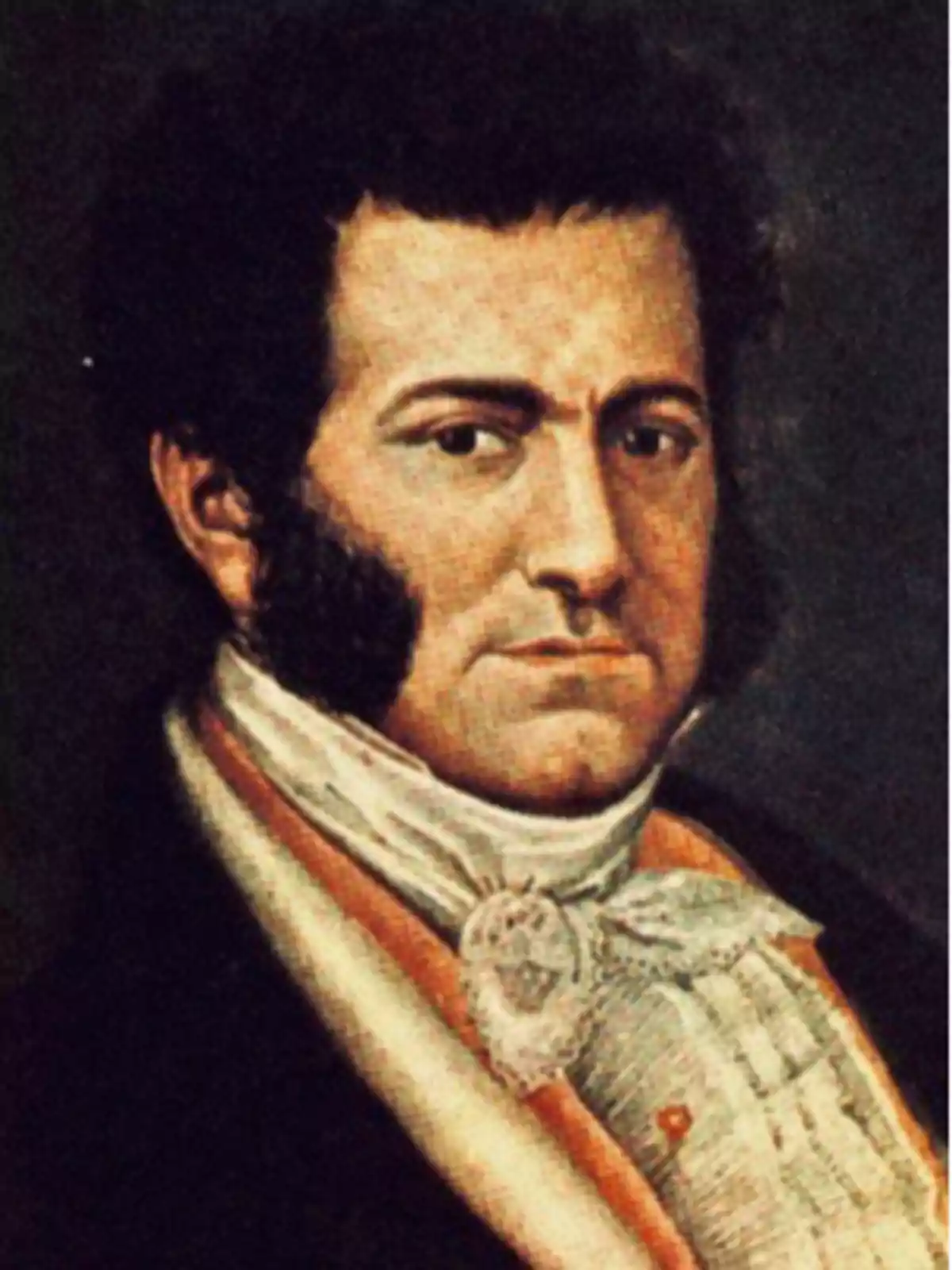
The alleged participation of Esteban De Luca
Some even include Esteban De Luca, another revolutionary poet, as an additional contender, with whose creation López y Planes also had to compete.
Vicente López was a young 29-year-old lawyer, without major background in the art of writing hymns. His only experience had been drafting, in 1808, his "Triunfo Argentino," an epic Castilian romance, commemorating the victory over the English invader in 1806 and 1807.
In contrast, Esteban De Luca and Fray Cayetano Rodríguez were indisputably the most recognized poets of the Revolution. Both had already written various patriotic hymns; which since 1810 had been sung and performed without much pain or glory. That is, despite their superior literary quality and having more experience than the young López, the works of De Luca and Fray Cayetano never sparked popular enthusiasm or received appropriate recognition.
De Luca was a poet with a marked classical influence. On November 15, 1810, he published in La Gazeta de Buenos Aires a "Patriotic March"; which began as follows: "South Americans – see already shine – of the sweet Homeland – the happy dawn. All of America – is finally stirred – and calls its dear children – to the fray; to the tremendous fray – that will destroy – all tyrants – who dare to oppress it." His poetry is simple, epic, and brave, with modest metrics. It was heavily criticized for its monotony and structure "so unsuitable for compositions of heroic and high-flying style."
However... It was what there was. Master Blas Parera set that poem to music during the same year of the Revolution; and it was the song sung throughout the national territory until mid-1813. Juan María Gutiérrez, in 1877 reveals that De Luca might have been inspired by the Spanish hymn: "The Defenders of the Homeland," written by Juan Bautista Arriaza, a Spanish neoclassical poet; after the Battle of Medellín, where the French defeated a heroic Spanish resistance, on March 28, 1809. Somehow, its lyrics fell into Don Esteban's hands, and he made some slight tweaks to it, to obtain from them his "Patriotic March," the first Argentine national song, the year after the Spanish poem that served as its model.
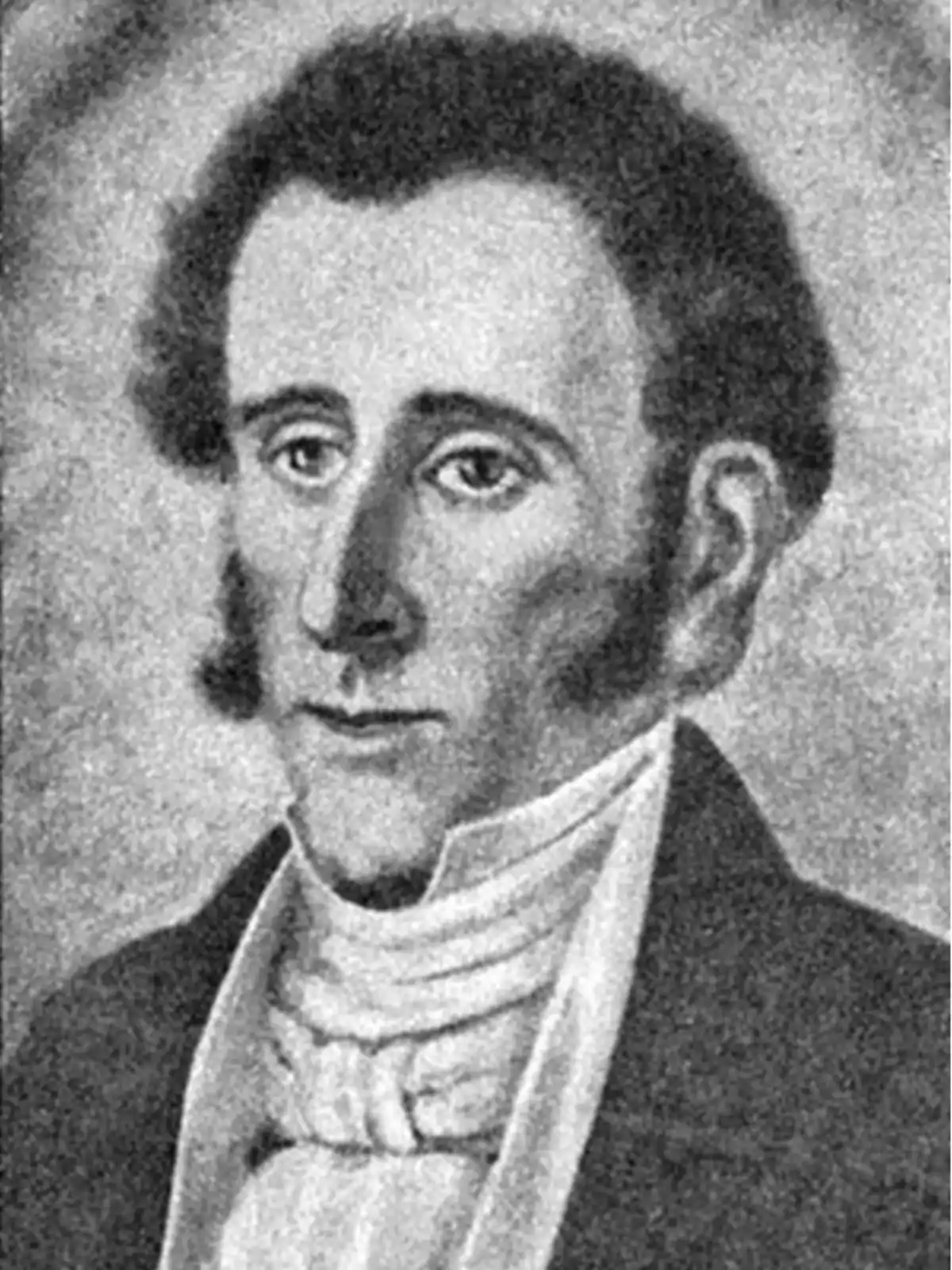
Fray Cayetano's "Hymn"
As for Fray Cayetano Rodríguez, when commemorating, in 1811, the first anniversary of the May Revolution, he wrote a poem in sextasyllabic verses, which he called "Hymn"; but it had quite a few deficiencies to be sung. Here is the chorus of this Hymn: "Applaud the dawn – of the glorious day – that to the brave people – announced happiness. From the celestial orb – victory descended – its cloud of glory – covered the weapons. It sowed laurels – new and triumphant – the martial paths – of our valor. The resounding trumpet – sounded of Fame – and its voice proclaims – the new Nation."
Due to the difficulties of this work, the following year, Fray Cayetano wrote his "Patriotic Song," to celebrate the second anniversary of the May Revolution. It was also Blas Parera's responsibility, this time, to set this poem to music; which delved more into the epic genre. This was the chorus of this new work: "To arms we run citizens: Let the bronze be heard and let the drum be heard, calling to the generous frays – the brothers in joyful union."
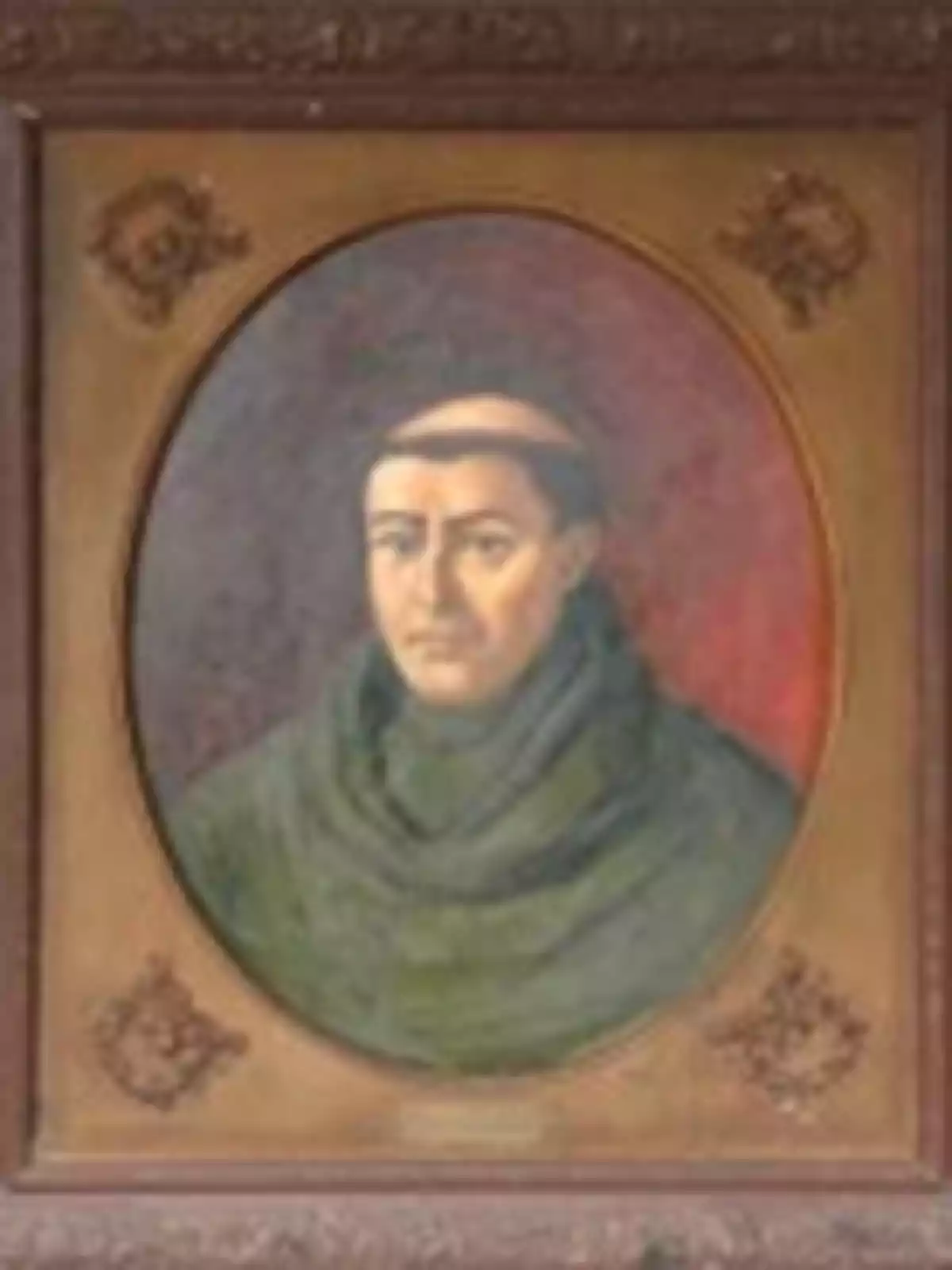
Meanwhile, De Luca wrote another patriotic song, in septasyllabic verses. Its chorus says: "Oh American people!
Thus, before the sanction of the National Anthem, there were already patriotic songs and marches written by poets with some prestige. Therefore, the merit of Vicente López's work is even greater, as it had certain weighty precedents, with which his poem was measured; and against them, approved by acclamation.
Mariano Pelliza's version
With enthusiastic prose, the historian Mariano Pelliza, based on the oral tradition he could consult firsthand, recounts that: "The Assembly commissioned several of its members, including Fray Cayetano Rodríguez, a very sweet poet, to compose a war hymn intended to celebrate the triumphs of the Revolution. The work presented by the seraphic bard was about to be adopted when the Assembly received the popular rumor applauding some stanzas composed by Deputy López. That people of the squares who made the May revolution already knew by heart and recited with enthusiasm that sublime effort of inspiration: that immense cry of patriotism, showing the world the broken chains of servitude, the lion of Castile subdued, and the palms of victory on the youthful forehead of the new, glorious Nation. The Assembly became the interpreter of that splendid epic of Argentine valor, and the immortal work of Dr. López was acclaimed as the National Song."
This account, of great epic and literary value, lacks documented foundations. For, neither the Assembly's Editor nor the Ministerial Gazette ever reported on that competition, or that the Assembly had commissioned several poets with the same song. The only historical instrument we have is the decree of May 11, 1813, which is limited to approving the song presented by Deputy Vicente López, who thus fulfilled the commission given to him by the body.
In reality, López y Planes's poem was approved in the session of the previous day: Tuesday, May 10 (since there was no session on the 11th). No document from the time reports another commission to a person other than López; or that such a competition had been organized; or that as a result of which, Don Vicente's poem was chosen.
No media, newspaper, or correspondence of the time recorded the great popular effervescence caused around López's work, which forced the Assembly to approve it, acclaiming it, as Pelliza assures.
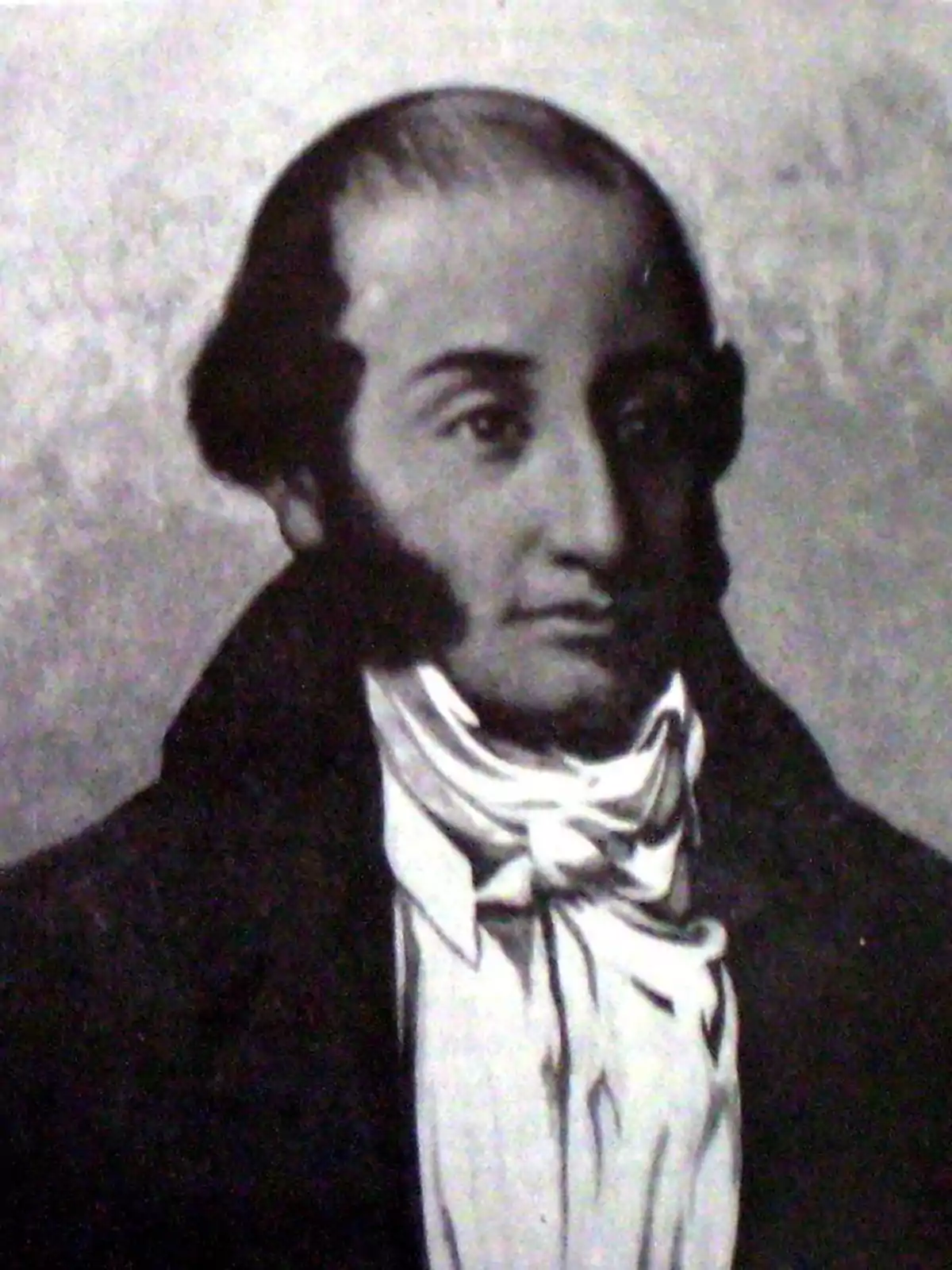
Vicente Fidel López's version
Unfortunately, no minutes were drawn up for the session of the 10th. However, López's family insists that such a competition did exist. Vicente Fidel López, the author's son of the Anthem, in his "Manual of Argentine History" recounts that: "The session of May 11, 1813, was opened, and Mr. López presented his heroic song. From the first stanza, the applause of the deputies and the public erupted noisily.
Mr. Rodríguez declared that he did not have his ready nor would he present it, because his opinion was that the one just read should be sanctioned by acclamation. The Assembly acclaimed it immediately, resolving that it be sung at all official celebrations, and that at the dawn of the anniversaries of May 25, schoolchildren gather in the communal square to greet the rising sun with the national song." However, the Assembly did not solve that schoolchildren sing the Anthem every May 25. In this point, the son of the author of the National Song's lyrics anticipates the facts by a few years.
From what has been exposed, we deduce that such a competition between the poets could have existed; given the clarity and veracity of the main source of the facts (the family of Vicente López y Planes himself); whose oral tradition has passed to other concordant sources. Thus, our National Song emerged triumphant, from a contest with another proposal, emanating from an author with more experience and trajectory, as was that of Fray Cayetano Rodríguez; who was defeated by the passionate poetry of Don Vicente's vibrant verses, which to this day resonate in our hearts every time we sing them.
More posts: